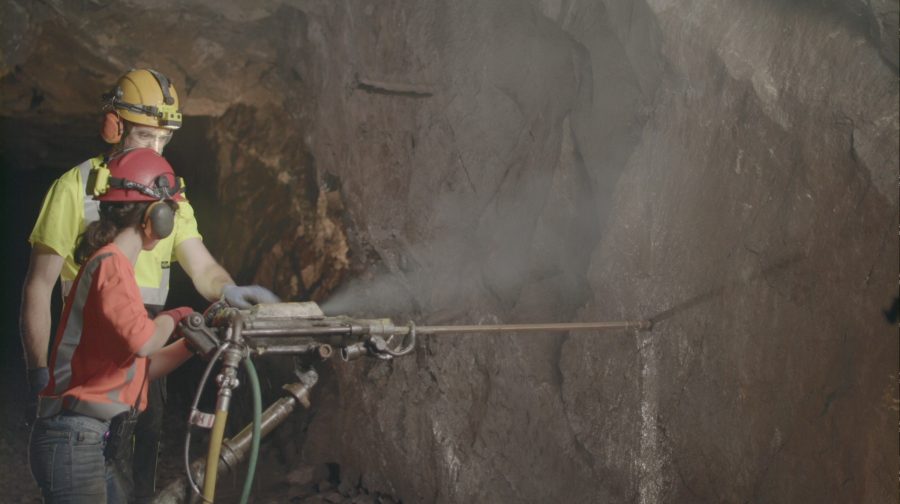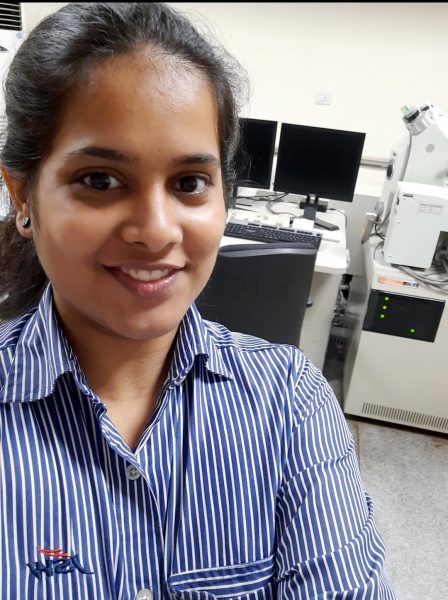We are pleased to announce our Summer and Fall graduates. We are proud of you, and wish you the best of luck in your next chapter.
Leonid Surovitskii will soon graduate with a PhD in Geophysics. A highlight of his time here has been conducting fieldwork in China, Canada, and the U.S. Leo shared that all of his experience at Michigan Tech is a bright spot on his life path. Moving forward, Leo plans to publish more research papers and is looking forward to finding a postdoctoral position.
Domenicca (Dome) Guillen is graduating with an MS in Geology. Dome shared this when asked to reflect on the last two years: “My time at Michigan Tech was a self-revolution for me; I had to adapt myself to a new language, culture, and weather. Certainly, I have improved academically and even emotionally, during this time, and I thank MTU for who I am now. In terms of courses, I love the remote sensing courses and the course on geostatistics and data analysis.”
Katie Nelson will soon graduate with an MS in Geophysics. Katie is continuing with her research working towards a PhD. A few highlights of Katie’s time here have been playing on a broomball team her first year, getting to travel to do fieldwork, and meeting so many wonderful people.
Diana Bullen is graduating with an MS in Geology. After graduation, Diana plans on relocating back home to lower Michigan while searching for a job. When asked what she enjoyed and will miss the most, she had this to say, “I am going to miss all of my university Zoom friends the most. I am thankful that I got to meet such a great group of people. When I met them in person they were just as amazing as they were online!”
Nick Potter is graduating with an MS in Geology.
Ryan Klida is graduating with an MS in Geological Engineering.
Shubham Mahajan is graduating with an MS in Geological Engineering.
Sienna Meekhoff will soon graduate with a BS in Geology. Sienna had this to say about her time at Michigan Tech: “The highlight of my time here would have to be my involvement with the Geology Club and our AIPG student chapter. They really got me to open up to other students in and outside our department. I had several traveling opportunities with them, too, like our spring break trips to Arkansas, Virginia, North Carolina, and Tennessee as well as the AIPG national conferences in Burlington, Vermont, and Sacramento, California. I am going to miss the Keweenaw Peninsula the most. I love swimming in Lake Superior and finding agates on the beaches as well as skiing with the amazing scenery Ripley and Bohemia have to offer.”
Emilie Pray will soon graduate with a BS in Geology. After graduation, Emilie plans to stay at Michigan Tech to pursue an MS in Geology. The highlight of her time here so far has been the undergraduate research she’s conducted. Through it, she was able to learn a lot about the geology of the Upper Peninsula outside of the classroom. She studied some of the oldest rocks in the region! Working in the lab and collecting data were the hands-on experiences she wanted during her studies at Tech.
Hannah Hunt will soon graduate with a BS in Geology. Hannah is pictured using a Geonics EM-16 VLF receiver at Taylor Mine.
Cristhian Salas ’21 finished this summer, earning an MS in Geology. More details to come.
Sanna Mairet ’21 finished this summer and earned an MS in Geology. Info coming soon.
Kay Sivaraj ’21 finished this summer, graduating with an MS in Geology. Stay tuned for more details.
Stepan Pikul ’21 finished this summer, earning an MS in Geology. Check back later for full details.
















